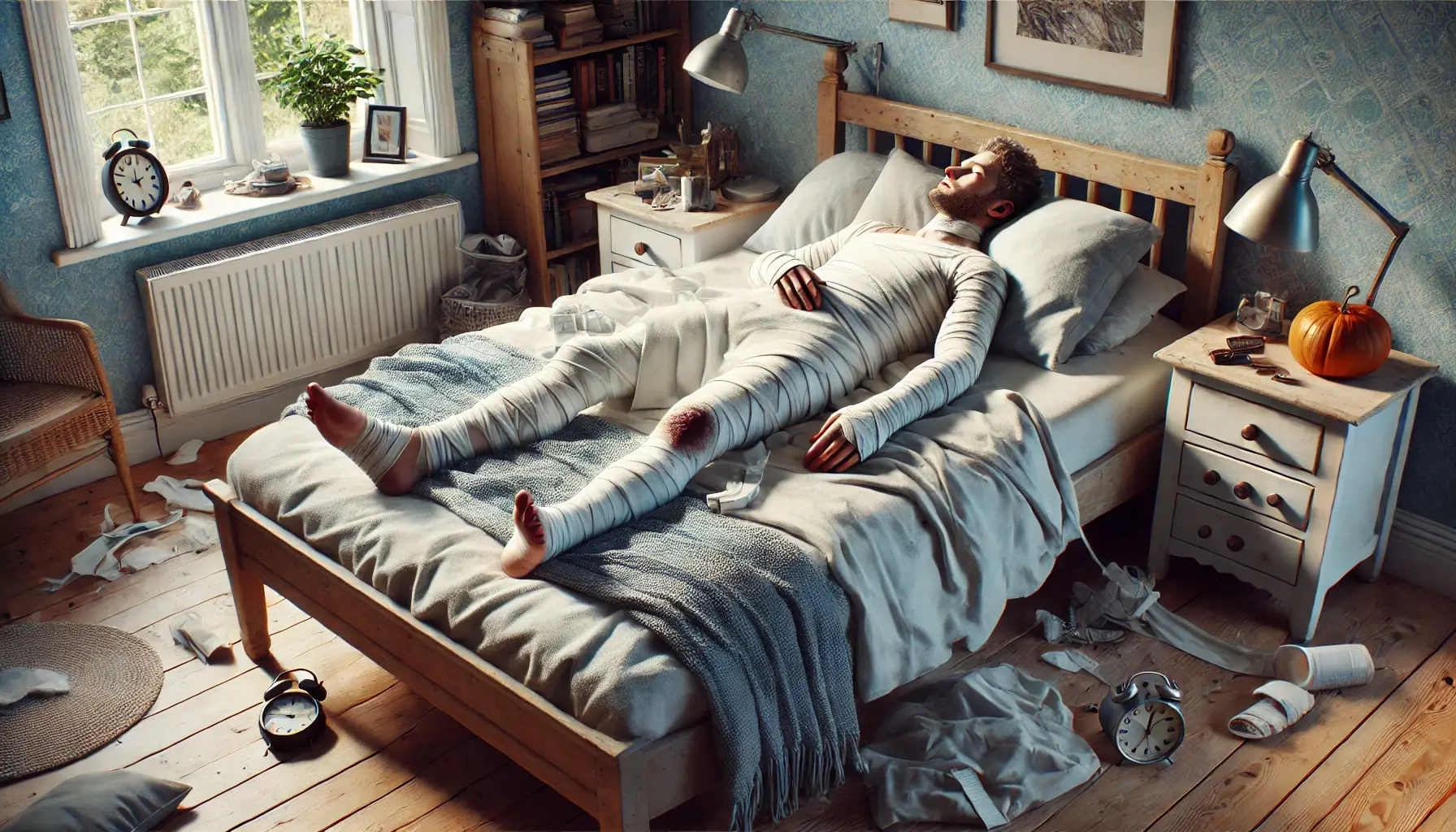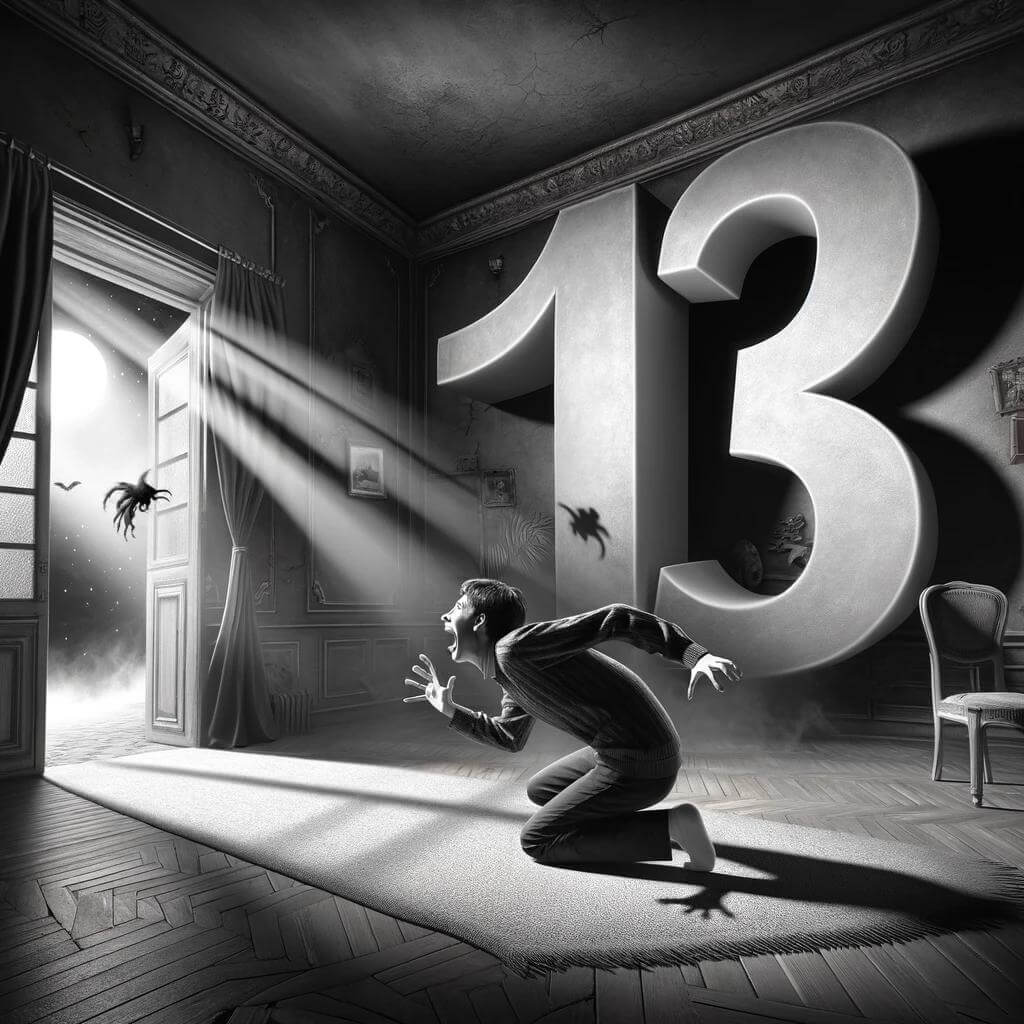Sue-ing Nothing Part 3: Legal Quirks and Quests Beyond Imagination
Diving deeper into the legal rabbit hole, we encounter a collection of lawsuits that stretch the bounds of the imagination even further. The legal system, with its stately courthouses and solemn proceedings, occasionally plays host to cases that challenge not only legal precedent but the very concepts of possibility and reality. At SELPH LAW, located in the vibrant heart of Dublin, Ohio, our exploration of the legal landscape has revealed cases ranging from the profound to the profoundly absurd. Following our previous forays into the most head-scratching lawsuits imaginable, we present yet another chapter: a series of legal endeavors that venture into territories so uncharted, they seem to target the intangible, the improbable, even the impossible.Welcome to “Sue-ing Nothing Part 3,” where the legal meets the unfathomable.
1. The Lawsuit Against The Number 13
An individual, plagued by triskaidekaphobia (the fear of the number 13), filed a lawsuit seeking to officially eliminate the number from all public records and buildings, blaming it for various personal misfortunes. The legal challenge posed to the court was not only numerological but deeply philosophical, questioning the extent to which superstition can influence legal and societal norms.
2. Legal Action Against Personal Reflections
A case was brought forward by someone claiming that their reflection, as seen in mirrors and reflective surfaces, did not accurately represent them, causing distress and identity confusion. They sued manufacturers of reflective surfaces for “misrepresentation and emotional damage,” leading to a bemused contemplation of physics and self-perception in the courtroom.
3. Suing the Concept of Gravity (Again)
In a bold reprise of challenging fundamental forces, another individual sought to sue the concept of gravity for “personal and widespread societal harm” caused by falls, accidents, and the general restriction of human movement. This case aimed to hold the universe itself accountable, illustrating the lengths to which legal grievances can be stretched.
4. The Crusade Against Mondays
Monday, the start of the workweek, was the target of a lawsuit filed by a group claiming that it caused undue stress and anxiety, proposing that the legal recognition of Mondays be abolished. This collective action questioned the societal construction of the weekly calendar, aiming for a world where Mondays are merely a day of rest, hidden from the burdens of expectation.
5. Litigating Against Aging
Aging, the inexorable passage of time marked by the physical and mental changes it brings, faced legal scrutiny from an individual suing for “the damages and disadvantages” it imposed on their life. Seeking a judicial decree to halt their personal aging process, this lawsuit ventured into the realms of biology, ethics, and the search for the fountain of youth.
6. The Dispute Over the Horizon
An artist, claiming that the horizon was an essential element of their works and that its view was obstructed by new construction, sued for “infringement of visual property.” The case presented a novel debate over whether natural vistas can be considered personal or artistic property and if such views are entitled to legal protection.
7. Legal Battle Against the Wind
A homeowner filed a lawsuit against “the wind” after repeated damage to their property, including downed trees and lost shingles. This quixotic endeavor to hold a natural element accountable highlighted the challenges faced by individuals seeking restitution for acts of nature and the assignment of liability in such instances.
8. Suing for the Right to Teleport
Dissatisfied with the current state of transportation technology, an individual launched a legal campaign against various science and technology entities for failing to develop functional teleportation devices, citing science fiction as evidence of its possibility. The lawsuit sought to compel advancements in teleportation, blurring the lines between science fiction and legal expectation.
9. The Quest for Eternal Noon
A group filed a lawsuit seeking to abolish time zones and establish a permanent state of noon, arguing that the fluctuation of daylight hours affected productivity and well-being. This ambitious legal challenge raised questions about the governance of time, daylight, and the collective human experience.
10. Litigation Against Laughter
In a peculiar twist, a person sought legal remedy against laughter, claiming that being laughed at had caused them significant emotional distress. They proposed a ban on laughter at another’s expense, challenging the court to consider the boundaries of humor, free expression, and the right to dignity.
While these examples stretch the limits of believability (and rest firmly in the realm of creative exploration rather than actual casework), they serve to illustrate the infinite spectrum of human concern, curiosity, and creativity that occasionally seeks resolution through the legal system. At SELPH LAW, we are dedicated to navigating the complexities of law, ready to address even the most unconventional legal inquiries with professionalism and an open mind.
Should you face a legal challenge—whether grounded in the tangible world or the depths of imagination—do not hesitate to reach out to SELPH LAW at (614)-453-0971.
Discover more about our approach to legal representation by visiting our website at selphlaw.com. Here at SELPH LAW, you’ll find a team that values the diversity of legal challenges and the stories behind them, ensuring that every client receives thoughtful and effective advocacy.
Sub Categories
Recent Articles
-
 Jul 22, 2024Seasonal Risks Leading to Different Types of Personal Injury Accidents
Jul 22, 2024Seasonal Risks Leading to Different Types of Personal Injury Accidents -
 Jul 22, 2024Common Injuries in Different Personal Injury Cases
Jul 22, 2024Common Injuries in Different Personal Injury Cases -
 Jul 22, 2024Maximizing Compensation in Personal Injury Accident Cases
Jul 22, 2024Maximizing Compensation in Personal Injury Accident Cases -
 Jul 22, 2024Unnatural Provable Negligence in Slip and Fall Cases
Jul 22, 2024Unnatural Provable Negligence in Slip and Fall Cases

